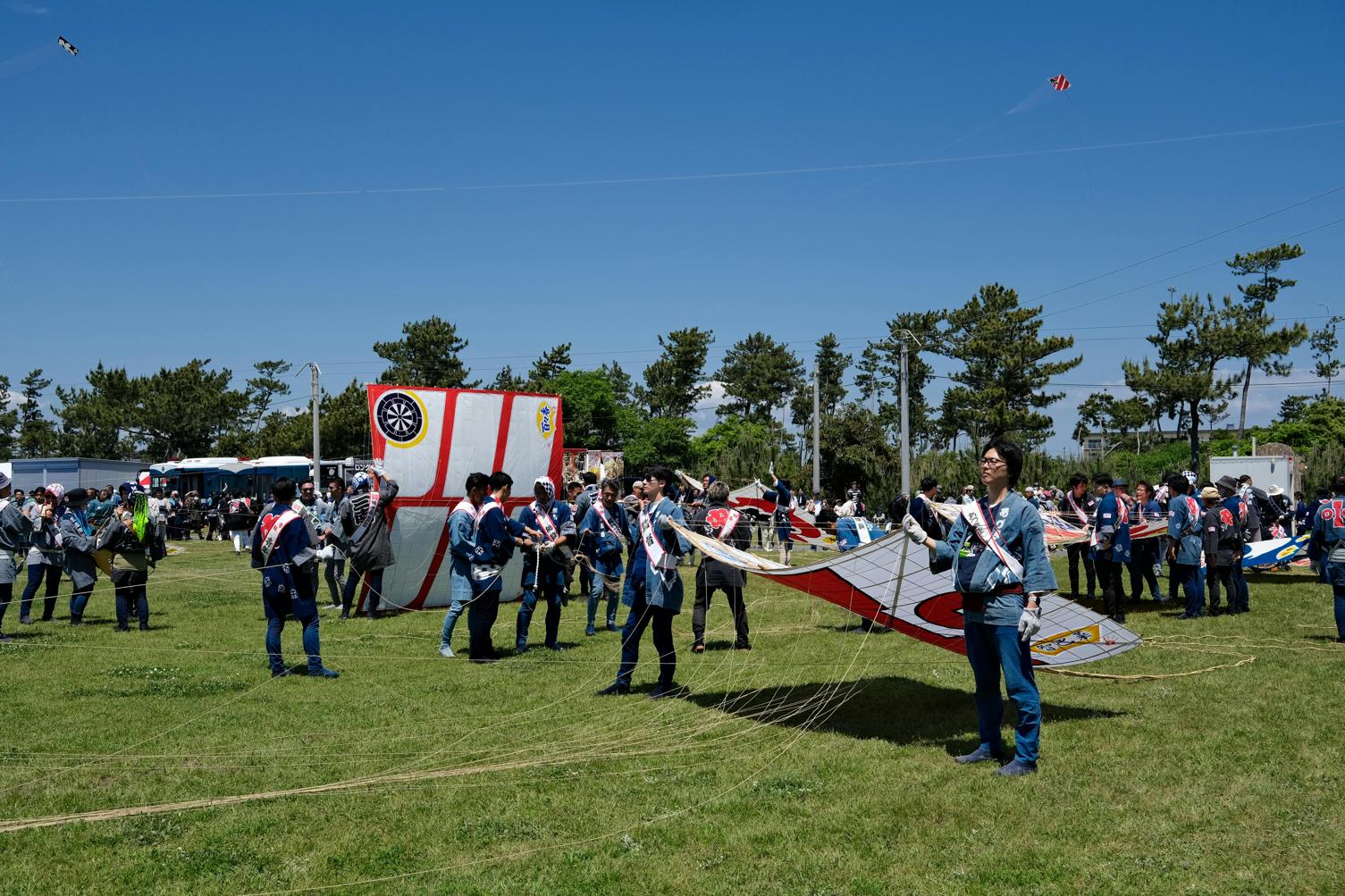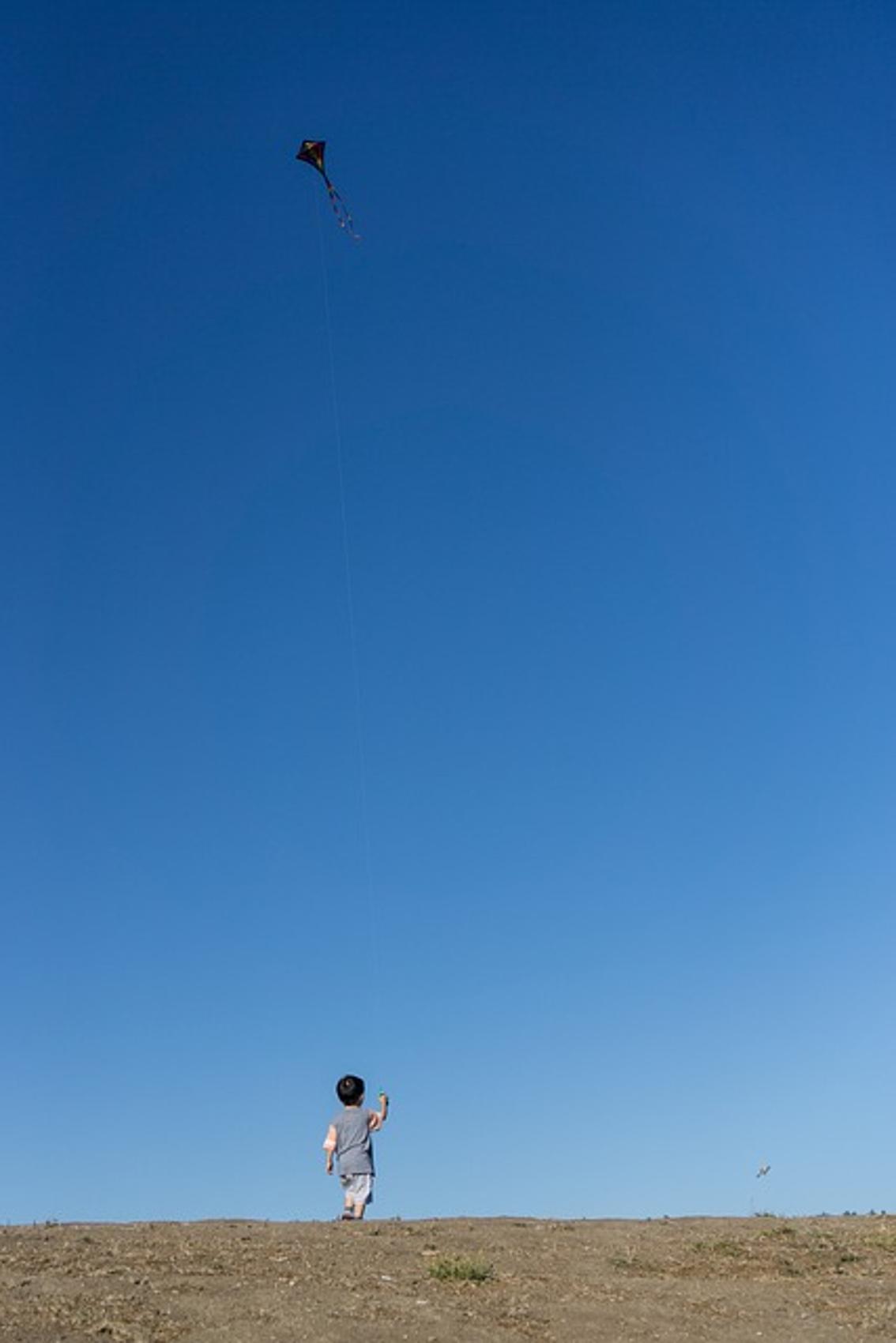Introduction
Building a kite can be an incredibly rewarding experience. Not only does it allow you to understand the mechanics behind it, but it also provides an excellent opportunity to spend time outdoors. Whether you’re a beginner or looking to revisit a childhood hobby, this guide will walk you through the entire process of assembling a kite from start to finish.

Materials Needed
Before diving into the assembly process, it’s crucial to gather all necessary materials. Here’s what you’ll need:
- Kite Frame: Typically made of lightweight wood or plastic.
- Kite Sail: Made from durable fabric or plastic.
- Tail: Usually a long piece of ribbon or fabric.
- Bridle: String that attaches to the frame.
- Glue or Tape: For securing various parts.
- String: To fly the kite.
- Scissors: For cutting materials.
- Ruler: For measuring.
Having all these materials ready will make the assembly process much smoother and manageable. Lay everything out on a table to ensure you have easy access as you follow along with the steps.
Preparation
Proper preparation is key to a successful kite assembly. Follow these initial steps to set the stage:
- Read Instructions: If you have a kite kit, start by reading the manual. Make sure you understand each part and its purpose.
- Clear Workspace: Use a flat surface where you can comfortably spread out all your materials and tools.
- Test Materials: Quickly examine each component for any defects or damages. Replace any faulty parts before continuing.
Once you’re prepared, you’re ready to move on to the assembly. These preliminary steps help ensure that nothing interrupts you midway through the process.
Step-by-Step Assembly Instructions
Follow these detailed steps to assemble your kite:
Setting Up the Frame
- Lay Out the Frame: Arrange the frame pieces in the shape of the kite.
- Join the Pieces: Use glue or tape to securely fasten the joints.
- Check Stability: Ensure that the frame is stable and balanced, with no loose connections.
Attaching the Sail
- Unroll the Sail: Lay the kite sail flat and place the frame on top.
- Trim the Sail: Use scissors to cut the sail, leaving about an inch of excess around the frame.
- Secure the Sail: Fold the excess sail material over the frame and tape or glue it down firmly.
Fixing the Tail and Bridle
- Attach the Tail: Secure the tail to the bottom of the kite using glue or tape. Make sure it’s centered.
- Add the Bridle: Connect the bridle to the designated points on the frame. The bridle should form a triangle, with each end attached to the frame and the string at the vertex.
Each step builds on the last, making the assembly process methodical and straightforward. Following these instructions carefully will lead you to a well-constructed kite.

Final Adjustments and Safety Checks
Before taking your kite to the sky, perform these final checks:
- Inspect Connections: Ensure all parts are securely attached.
- Test Balance: Hold the kite by the bridle point to see if it balances evenly.
- Check the Tail: Make sure the tail is straight and attaches firmly.
- Verify String: Confirm the string is securely fastened to the bridle.
These adjustments help guarantee that your kite is flight-ready and safe to operate. Safety checks are crucial to avoid in-flight issues.
Tips for Flying Your Kite
Flying a kite can be an exhilarating experience if done correctly. Keep these tips in mind:
- Choose Open Areas: Fly your kite in wide, open spaces away from trees and power lines.
- Wind Conditions: Moderate wind speeds are ideal. Too strong or too weak winds can make flying difficult.
- Launch Technique: Have a friend help hold the kite at an angle as you run with the string unraveling.
These simple yet effective tips will enhance your kite-flying experience, making it more enjoyable and less frustrating.
Troubleshooting Common Problems
Sometimes, issues can arise even with the best preparation. Here are some common problems and their solutions:
- Kite Won’t Fly: Ensure the tail is the correct length and that the bridle is balanced.
- Spiraling: This often indicates an imbalance. Check the tail and adjust for better stability.
- Nose Diving: Your kite might be too heavy in the front. Adjust the position of the bridle to redistribute the weight.
Understanding these common issues and their fixes can save you time and make your kite flying experience more pleasant.

Conclusion
Assembling a kite is not only a fun activity but also a skill worth mastering. By following this guide, you now have the knowledge to build and fly your kite successfully. So gather your materials, follow the steps, and enjoy the whimsical flight of your handmade kite.
Frequently Asked Questions
What is the best type of kite for beginners?
Delta kites are often recommended for beginners due to their stability and ease of flying.
How do I fix a kite that won’t fly?
Check for balance issues, ensure the tail is the right length, and adjust the bridle. Confirm there is enough wind and that the kite is not too heavy.
What safety precautions should I take when flying a kite?
Fly in open spaces, avoid power lines, and never fly during thunderstorms. Always supervise children and use strong, reliable string.
